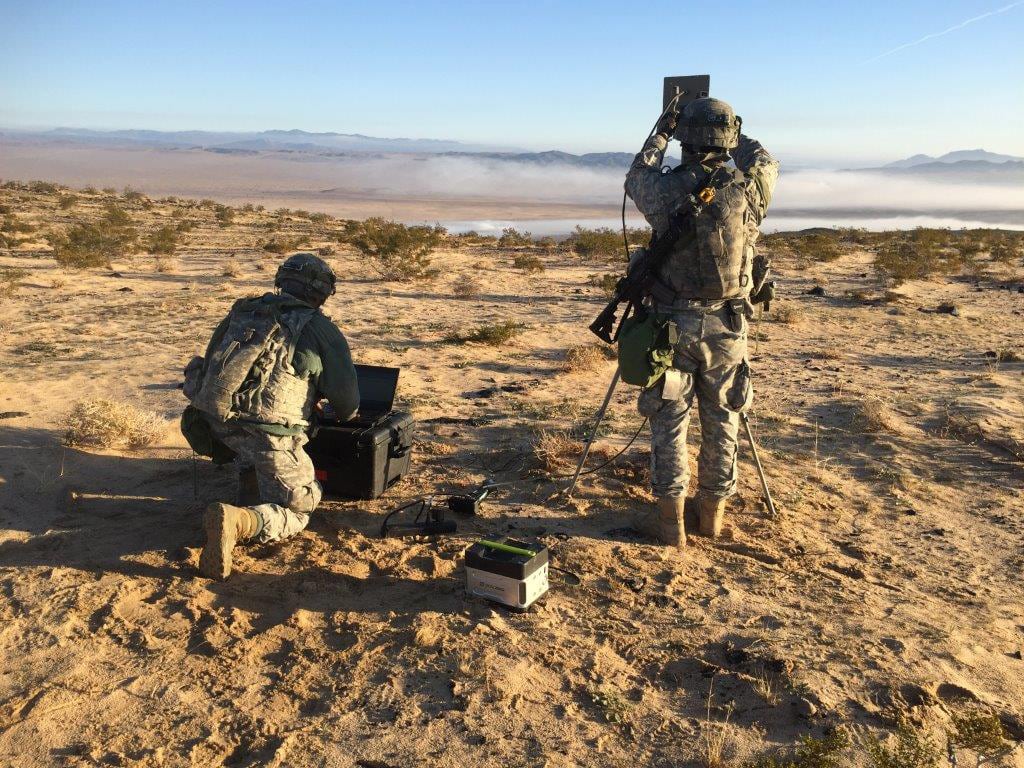The Army is beginning work on a new program that would provide commanders a visual depiction of the invisible domains of warfare.
While to a certain extent, current programs along these lines already exist for the electromagnetic spectrum, the Army wants to include cyberspace.
Enter Cyberspace Situational Understanding.
“What we’re trying to get there is more understanding of what is actually happening in this invisible domain. Not necessarily for the S-6 and the cyber personnel, but for the commander and the battle staff,” Col. John Transue, capability manager for cyber at the Cyber Center of Excellence, said Aug. 20 at TechNet Augusta.
This capability is geared specifically for Army tactical units – corps to brigade – and not the cyber warriors at U.S. Cyber Command.
“We’re looking at the depiction of a commander’s battlespace displaying the effects [and] the operational impact of what is occurring in the network, not necessarily just a network map of what occurred in the network. What is their impact to the mission, to the operation,” Transue said.
Essentially, the Army wants to take programs from various staff sections, such as the Electronic Warfare Planning and Management Tool, which helps coordinate and understand electronic signals across the battlefield, and connect those program to mission command platforms.
With official funding likely coming in October and the new fiscal year, the Army began determining requirements for Cyberspace Situational Understanding in June. A formal request for information is expected in September. Additional experimentation is set to occur at Cyber Blitz in September.
A first phase is expected to help show friendly forces and help provide greater clarity of the operational environment, Transue said.
Lt. Col. John Newman, then deputy commander of 3rd Brigade Combat Team, 10th Mountain Division, who’s brigade participated in Cyber Blitz in September 2018, said hat the situational awareness tools allow him to track the progress and operations of cyber personal in cyberspace. He said he wants the ability to know if the cyber staff are bogged down at one point on their mission just as he’d want to know if an infantry company meets heavy resistance somewhere and will take longer than expected to reach the object.
Mark Pomerleau is a reporter for C4ISRNET, covering information warfare and cyberspace.







